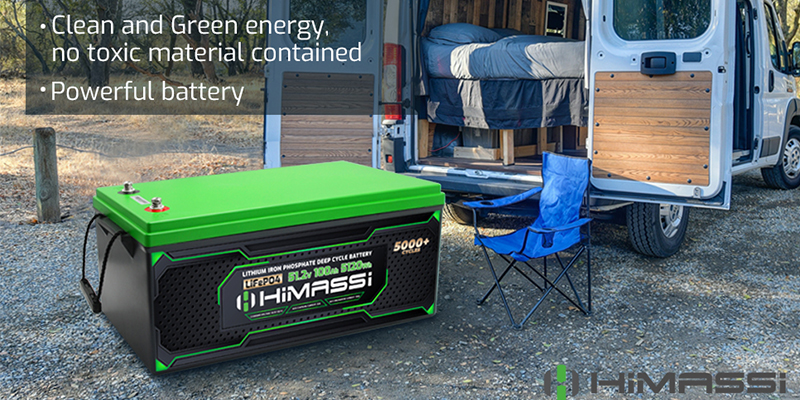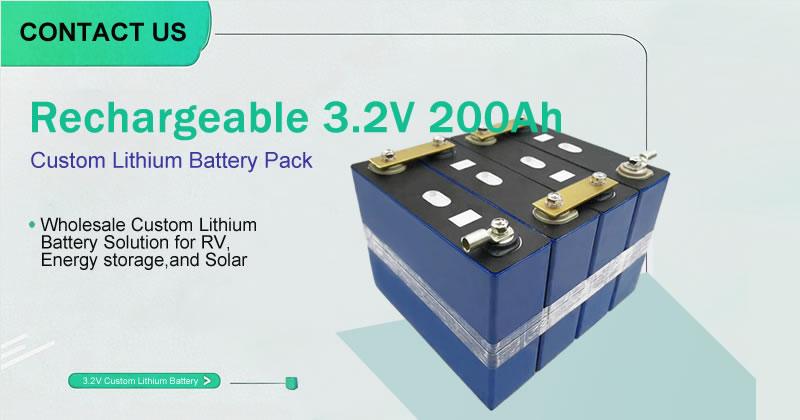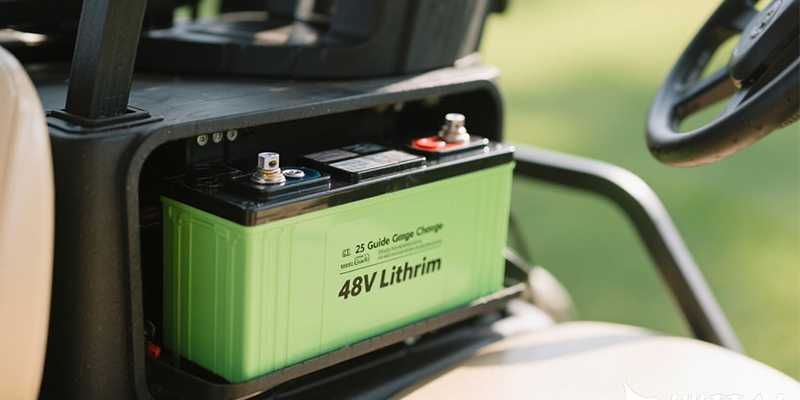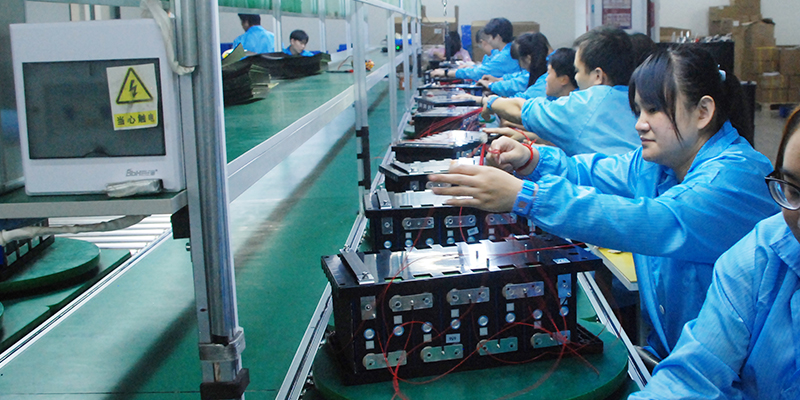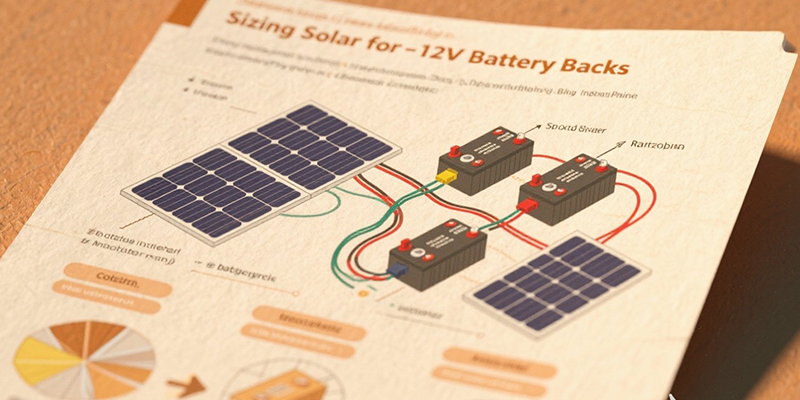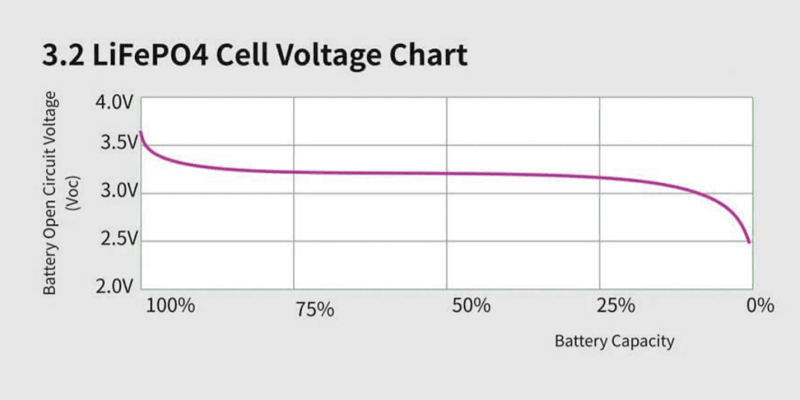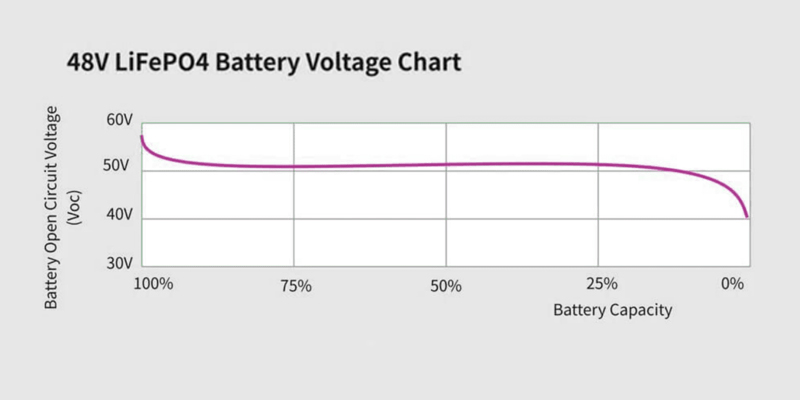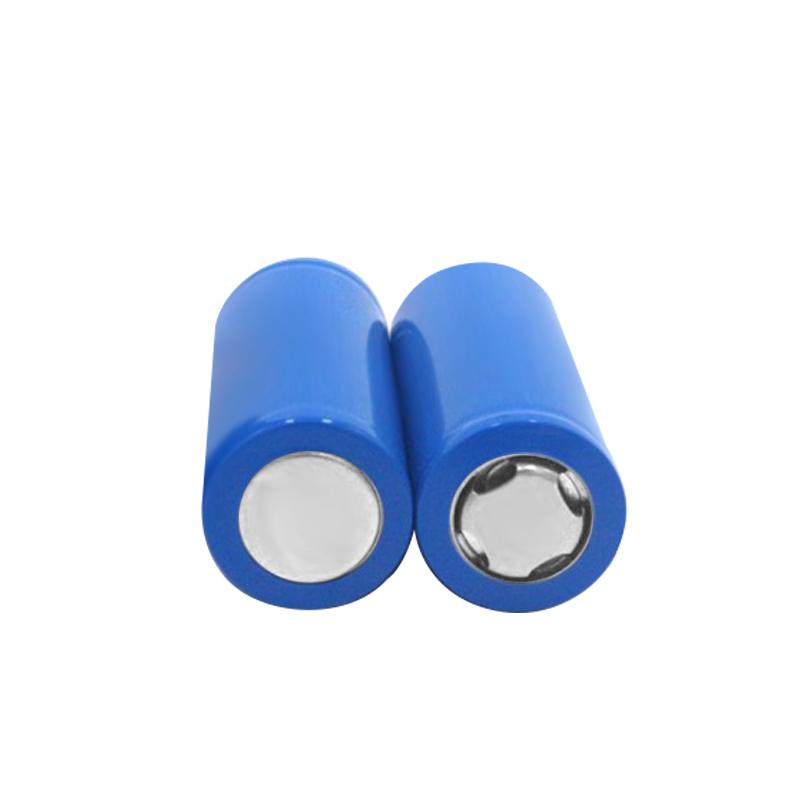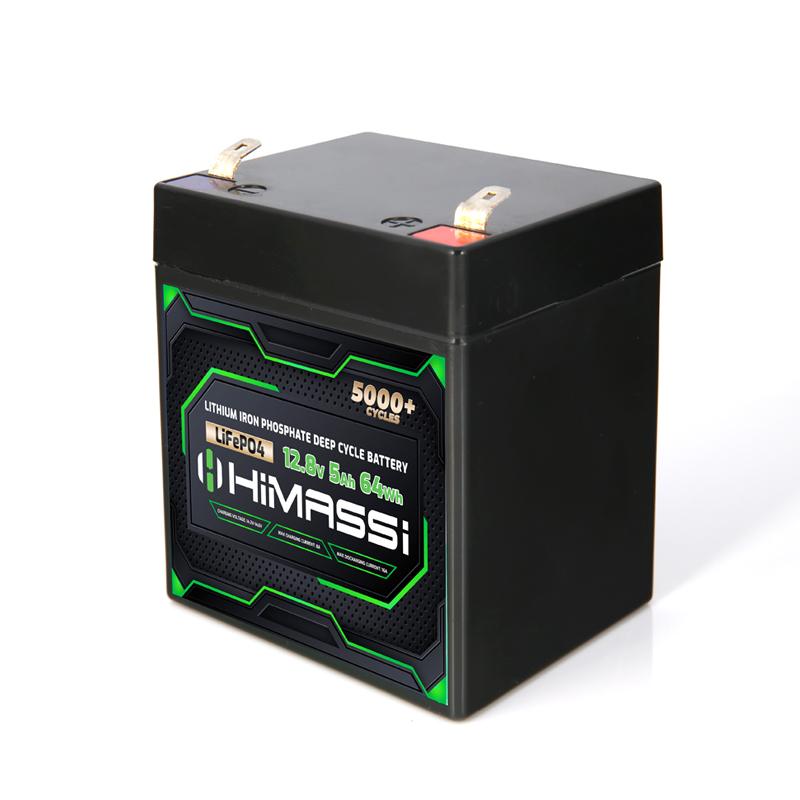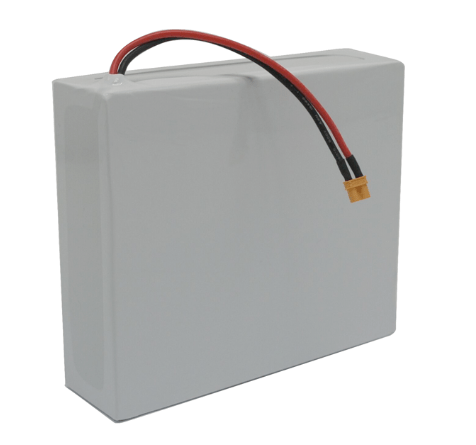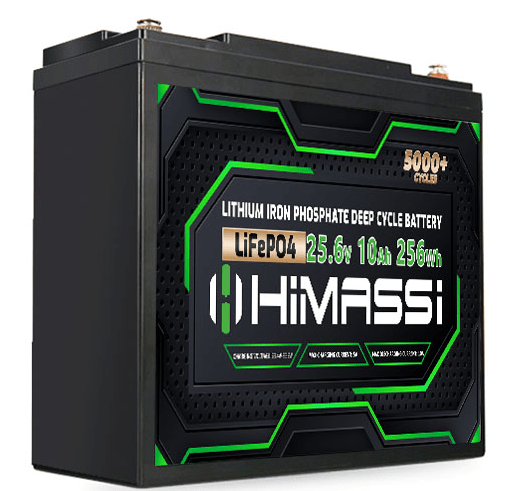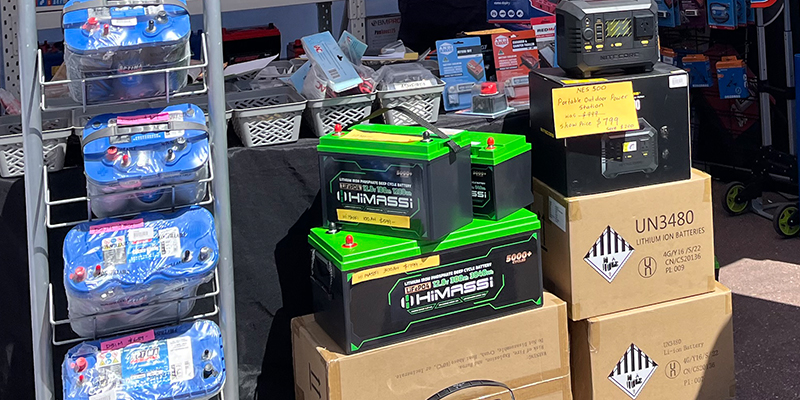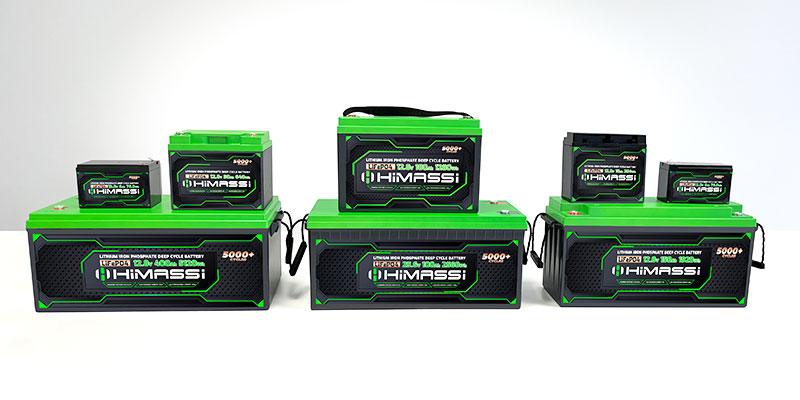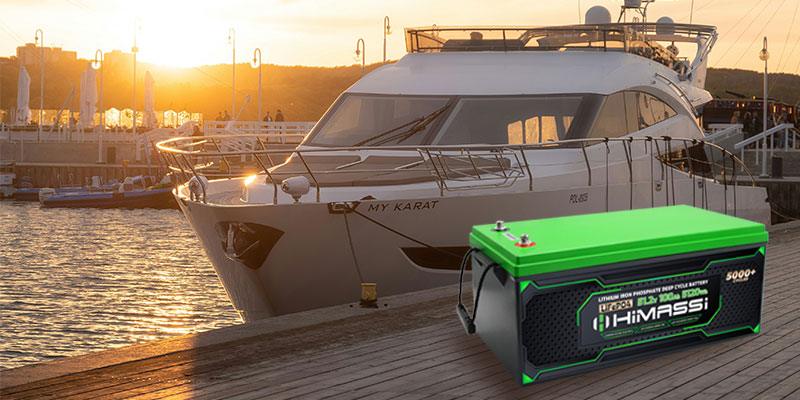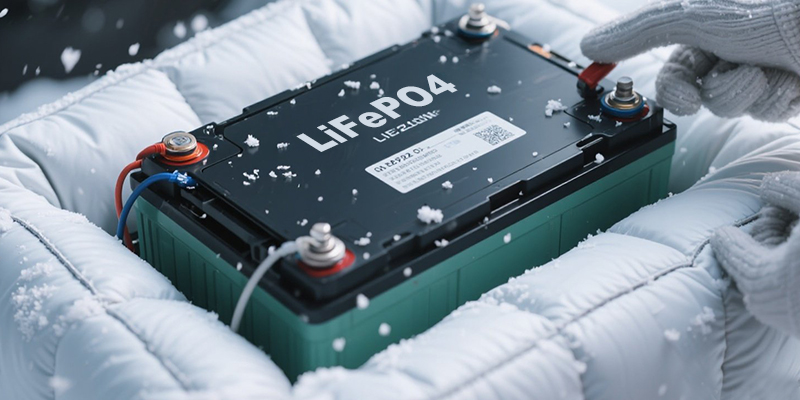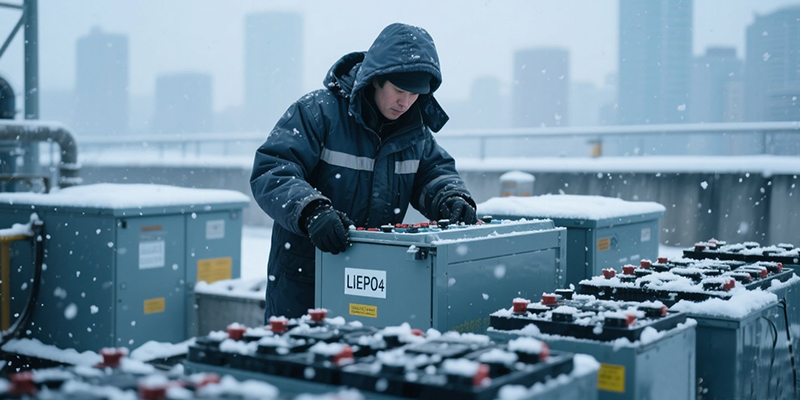The Future and Benefits of Lithium Battery Technology
Before diving into the specifics of HIMASSI’s 48V 100Ah lithium battery, let’s explore the core advantages of lithium batteries. Compared to traditional lead-acid batteries, lithium batteries offer significant benefits in performance, lifespan, and environmental impact:
-
High Energy Density: Lithium batteries typically have an energy density of 200-260Wh/kg, while lead-acid batteries only manage 50-70Wh/kg. This means lithium batteries store more energy for the same weight. For example, HIMASSI’s 48V 100Ah lithium battery has a theoretical capacity of 48V × 100Ah = 4.8kWh, far surpassing lead-acid batteries of similar size, providing users with longer runtime.
-
Long Cycle Life: Using lithium iron phosphate (LiFePO4) technology, HIMASSI batteries can achieve over 3,000 cycles, and in some cases up to 6,000 cycles, compared to just 300-500 cycles for lead-acid batteries. This translates to a lifespan of over 10 years, significantly reducing long-term costs.
-
Lightweight and Compact: Lithium batteries have about 1.5 times the volumetric energy density of lead-acid batteries and weigh only one-third to one-fifth as much. HIMASSI’s 48V 100Ah battery is compact and lightweight, making it easy to install in space-constrained applications like electric vehicles, home energy storage systems, and server rooms.
-
Safety and Stability: LiFePO4 batteries are known for their excellent thermal and chemical stability, making them less prone to thermal runaway compared to other lithium chemistries (like ternary lithium batteries). HIMASSI batteries also come with an advanced Battery Management System (BMS) that protects against overcharging, over-discharging, overcurrent, short circuits, and extreme temperatures, ensuring safe operation.
-
Eco-Friendly and Efficient: Lithium batteries are free of heavy metal pollution, and their production and recycling processes have a lower environmental impact. Additionally, HIMASSI lithium batteries boast a charge-discharge efficiency of over 98%, compared to 80-85% for lead-acid batteries, allowing for more efficient energy use.
These advantages make lithium batteries the preferred choice in the new energy era, and HIMASSI’s 48V 100Ah lithium battery stands out for its superior performance.
Unique Advantages of HIMASSI’s 48V 100Ah Lithium Battery
As a premium sub-brand of HIMAX, HIMASSI focuses on delivering high-quality lithium battery solutions. Its 48V 100Ah lithium battery offers the following unique advantages, attracting a growing number of consumers:
-
Optimized Design and Wide Applications HIMASSI’s 48V 100Ah lithium battery features a modular, compact design with strong compatibility, allowing it to directly replace traditional lead-acid batteries. It’s suitable for various applications, including:
-
Home Energy Storage: Efficiently stores power for solar and wind systems, ensuring stable household electricity.
-
Server Rooms and UPS: Provides reliable backup power for data centers and communication base stations, keeping critical equipment running without interruption.
-
Electric Vehicles: Powers electric forklifts, e-bikes, and golf carts with strong performance and long range.
-
Industrial Applications: Meets high-power startup and peak load demands for heavy-duty traction and industrial equipment.
-
-
Advanced Battery Management System (BMS) HIMASSI’s 48V 100Ah lithium battery includes a smart BMS that monitors key parameters like voltage, current, temperature, and charge level in real time. The BMS offers multiple protective features:
-
Overcharge Protection (OVP): Prevents battery damage from overcharging.
-
Over-Discharge Protection (OCP): Avoids deep discharging to extend battery life.
-
Short-Circuit Protection (SCP): Quickly cuts off the circuit in abnormal conditions for safety.
-
Temperature Protection (OTP): Adjusts operation in extreme temperatures to prevent overheating or overcooling.
-
-
Exceptional Lifespan and Cost-Effectiveness Using high-quality LiFePO4 cells, HIMASSI’s 48V 100Ah battery offers a cycle life exceeding 3,000 cycles, and in some cases over 6,000 cycles. While the initial cost may be higher than lead-acid batteries, its long lifespan and low maintenance needs make it more cost-effective over time. For example, lead-acid batteries may need replacement every 2-3 years, while HIMASSI batteries can last over 10 years, lowering overall costs.
-
Wide Operating Temperature Range HIMASSI batteries perform reliably in temperatures ranging from -20°C to 60°C (-4°F to 140°F), making them suitable for harsh environments. Whether in cold northern climates or hot southern regions, the battery maintains high performance, ideal for outdoor applications.
-
Fast Charging and High Efficiency The 48V 100Ah battery supports fast charging, typically reaching full capacity in 8-10 hours with a standard charger, and even faster in certain scenarios. Its high charge-discharge efficiency reduces energy loss, saving users on electricity costs.
Why Choose HIMASSI?
HIMASSI’s 48V 100Ah lithium battery has gained widespread popularity not only for its technical excellence but also for HIMAX’s strong brand reputation and excellent service:
-
Quality Assurance: HIMASSI batteries meet international safety and quality standards, including CE and UL certifications, and come with an 8-10 year warranty.
-
Customizable Solutions: HIMAX offers tailored battery specifications to meet specific application needs.
-
Global Supply Chain: HIMAX’s robust global sales and service network ensures fast delivery and reliable after-sales support.
-
Strong User Reputation: HIMASSI batteries are highly praised for their reliability and durability, particularly in home energy storage and industrial applications.
Lithium Battery Market Trends and HIMASSI’s Position
With growing global demand for renewable energy and electrification, the lithium battery market is experiencing explosive growth. Industry data suggests that LiFePO4 batteries, due to their safety, long lifespan, and cost advantages, will dominate the energy storage market over the next five years. HIMASSI is well-positioned in this trend, offering high-performance 48V 100Ah lithium batteries to meet the needs of residential, industrial, and commercial users.
Moreover, HIMASSI prioritizes user experience with intelligent designs and easy installation, reducing the learning curve and usage costs. Whether it’s homeowners looking to cut electricity bills or businesses needing reliable backup power, HIMASSI provides tailored solutions.
HIMAX and HIMASSI’s Brand Commitment
As a leading lithium battery solutions provider, HIMAX is dedicated to advancing green energy. HIMASSI, its sub-brand, inherits HIMAX’s strengths in R&D and quality control, focusing on delivering high-performance, long-lasting lithium batteries. The 48V 100Ah battery is one of HIMASSI’s flagship products, combining cutting-edge technology with user-friendly design, making it a top choice in the market.
HIMASSI 48V 100Ah Lithium Battery Product Overview
The HIMASSI 48V 100Ah lithium battery is a standout product from HIMAX’s sub-brand HIMASSI, designed for home energy storage, server rooms, electric vehicles, and industrial applications. Built with high-quality LiFePO4 cells and an intelligent BMS, it delivers exceptional safety and reliability. Key features include:
-
High Energy Density: 4.8kWh capacity for extended runtime.
-
Long Lifespan: Over 3,000 cycles with an 8-10 year warranty.
-
Smart Monitoring: Supports Bluetooth and RS485/RS232 communication for real-time battery status updates.
-
Wide Temperature Range: Operates reliably from -20°C to 60°C (-4°F to 140°F).
-
Fast Charging: Fully charges in 8-10 hours with over 98% efficiency.

